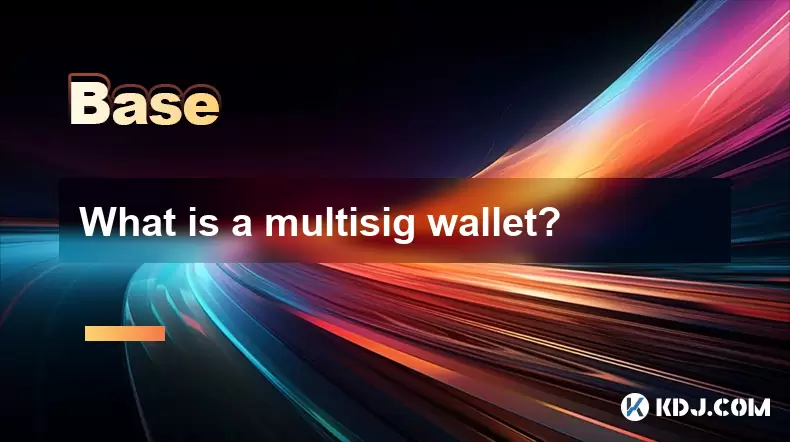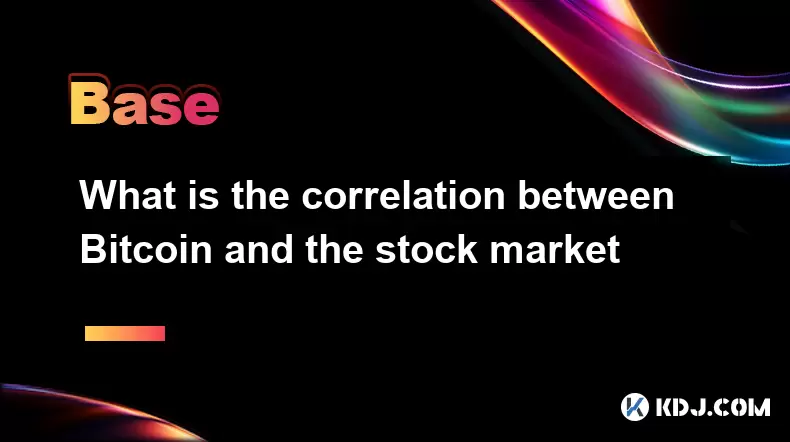-
 Bitcoin
Bitcoin $118100
-0.44% -
 Ethereum
Ethereum $3585
5.43% -
 XRP
XRP $3.434
5.65% -
 Tether USDt
Tether USDt $1.000
0.02% -
 BNB
BNB $743.8
3.89% -
 Solana
Solana $178.7
3.84% -
 USDC
USDC $1.000
0.03% -
 Dogecoin
Dogecoin $0.2381
12.81% -
 TRON
TRON $0.3270
3.62% -
 Cardano
Cardano $0.8315
4.93% -
 Hyperliquid
Hyperliquid $44.51
-4.42% -
 Stellar
Stellar $0.4710
1.52% -
 Sui
Sui $3.896
-2.51% -
 Chainlink
Chainlink $18.09
6.98% -
 Hedera
Hedera $0.2681
9.31% -
 Bitcoin Cash
Bitcoin Cash $516.7
4.83% -
 Avalanche
Avalanche $23.95
6.96% -
 Shiba Inu
Shiba Inu $0.00001490
5.67% -
 UNUS SED LEO
UNUS SED LEO $8.966
0.80% -
 Toncoin
Toncoin $3.294
4.39% -
 Litecoin
Litecoin $105.4
4.69% -
 Polkadot
Polkadot $4.356
5.30% -
 Uniswap
Uniswap $10.29
17.25% -
 Monero
Monero $327.9
-3.04% -
 Bitget Token
Bitget Token $4.942
4.33% -
 Ethena USDe
Ethena USDe $1.001
0.08% -
 Pepe
Pepe $0.00001348
2.17% -
 Dai
Dai $1.000
0.02% -
 Aave
Aave $320.8
0.58% -
 Bittensor
Bittensor $411.8
-4.07%
What is a multisig wallet?
Multisig wallets enhance cryptocurrency security by requiring multiple private keys to authorize transactions, preventing unilateral access and reducing theft risks.
Jul 05, 2025 at 07:31 pm

Understanding the Basics of a Multisig Wallet
A multisig wallet, short for multi-signature wallet, is a type of cryptocurrency wallet that requires more than one private key to authorize and execute transactions. Unlike traditional wallets, which rely on a single private key for access, multisig wallets introduce an additional layer of security by distributing control across multiple parties or devices. This mechanism ensures that no single individual can unilaterally move funds without the approval of others.
The core concept behind a multisig wallet is similar to a shared bank account where multiple signatures are required to approve withdrawals. In the context of blockchain, this functionality is embedded directly into the smart contract logic of the wallet, making it highly secure and programmable.
Multisig wallets are commonly used in scenarios such as corporate fund management, joint accounts between individuals, and cold storage solutions.
How Does a Multisig Wallet Work?
In a typical setup, a multisig wallet is configured with a specific number of private keys, and a predefined threshold of those keys must sign off on any transaction before it is executed. For example, a 2-of-3 multisig configuration means that out of three private keys, at least two must approve a transaction for it to be valid.
Here’s how the process unfolds:
- Creation: A multisig wallet address is generated using multiple public keys from different users or devices.
- Transaction Initiation: One user initiates a transaction, but it remains pending until the required number of approvals is met.
- Signing: Other designated users review the transaction and use their private keys to sign it.
- Execution: Once the required number of signatures is collected, the transaction is broadcasted to the blockchain network and confirmed.
This structure significantly reduces the risk of theft or loss due to a compromised or lost private key.
Common Use Cases for Multisig Wallets
Multisig wallets are particularly valuable in environments where trust and redundancy are critical. Some of the most common applications include:
- Business Accounts: Companies often use a 2-of-3 or 3-of-5 multisig setup to manage treasury funds, ensuring that no single employee has full control over company assets.
- Joint Ownership: Individuals who share investments or savings may use a 2-of-2 multisig wallet to ensure mutual consent before moving funds.
- Cold Storage Backup: Users can create a backup plan by setting up a multisig wallet with one key stored online (hot wallet) and others stored offline (cold storage).
- Escrow Services: Multisig wallets are ideal for decentralized escrow arrangements where a buyer, seller, and arbitrator each hold a key in a 2-of-3 setup.
These use cases demonstrate how multisig technology enhances both security and collaborative financial decision-making in the crypto space.
Setting Up a Multisig Wallet: A Step-by-Step Guide
Creating a multisig wallet involves several steps and varies slightly depending on the platform you choose (such as Bitcoin Core, Electrum, or hardware wallets like BitBox02). Here's a general guide:
- Select a Platform: Choose a wallet provider that supports multisig functionality. Popular options include Electrum for Bitcoin and Gnosis Safe for Ethereum-based tokens.
- Generate Public Keys: Each participant generates a public key from their individual wallet. These keys will be used to construct the multisig wallet address.
- Create the Multisig Address: Using the selected wallet software, input all the public keys and define the required signature threshold (e.g., 2-of-3).
- Distribute the Configuration: Share the multisig configuration file with all participants so they can import it into their respective wallets.
- Test the Setup: Send a small amount of cryptocurrency to the new multisig address and attempt a transaction to verify that the signing process works correctly.
Each step should be followed carefully to avoid misconfigurations that could lead to irreversible loss of funds.
Security Benefits of Multisig Wallets
One of the primary advantages of using a multisig wallet is its enhanced security model. Since no single point of failure exists, the likelihood of unauthorized access is drastically reduced. Even if one private key is compromised, the attacker cannot move funds without meeting the signature threshold.
Additionally:
- Redundancy: If one key is lost or a device fails, the remaining keys can still recover access to the wallet as long as the threshold requirement is met.
- Decentralized Control: No single party has unilateral authority, which is especially useful for organizations and DAOs (decentralized autonomous organizations).
- Risk Mitigation: Multisig setups reduce the risk of social engineering attacks, phishing, and insider threats by enforcing multi-party verification.
These features make multisig wallets an excellent choice for securing high-value holdings or managing community-controlled funds.
Frequently Asked Questions (FAQ)
Q1: Can I recover my funds if I lose one of the private keys in a multisig wallet?
Yes, as long as you still have access to the minimum number of keys required for authorization (based on your wallet’s threshold), you can continue to access and recover your funds.
Q2: Are multisig wallets supported by all cryptocurrencies?
No, support depends on the blockchain protocol and wallet compatibility. Most major blockchains like Bitcoin and Ethereum do support multisig, but some altcoins may not offer native support.
Q3: Is a multisig wallet harder to use than a regular wallet?
While multisig wallets involve more coordination and setup effort, many modern wallet interfaces simplify the process. The added complexity is generally justified by the increased security.
Q4: Can I change the number of required signatures after creating a multisig wallet?
No, the signature threshold is set during wallet creation and cannot be changed afterward. To modify the settings, you would need to create a new multisig wallet and transfer the funds.
Disclaimer:info@kdj.com
The information provided is not trading advice. kdj.com does not assume any responsibility for any investments made based on the information provided in this article. Cryptocurrencies are highly volatile and it is highly recommended that you invest with caution after thorough research!
If you believe that the content used on this website infringes your copyright, please contact us immediately (info@kdj.com) and we will delete it promptly.
- Coinbase (COIN) Soars to All-Time High: What's Next?
- 2025-07-19 00:30:12
- DOGE, BlockDAG, and Vesting: What's Hot and What's Not in Crypto Right Now
- 2025-07-19 01:10:14
- Crypto Coins with 2025 Potential: BlockDAG and SUI Lead the Charge
- 2025-07-19 01:15:12
- Grass Cutting Hacks: Finding the Right Height for a Lush Lawn
- 2025-07-19 00:30:12
- RWA Token Revolution: Stage Point Europe Leads Crypto Real Estate Launch in Europe
- 2025-07-19 00:50:13
- Token Unlocks and AVAIL: July's Crypto Cliffhangers!
- 2025-07-19 00:50:13
Related knowledge

What is the Bitcoin dominance index
Jul 12,2025 at 10:35pm
Understanding the Bitcoin Dominance IndexThe Bitcoin Dominance Index, often abbreviated as BTC.D, is a metric used to measure Bitcoin's market capital...

What is the Bitcoin dominance index
Jul 11,2025 at 04:29am
What is the Bitcoin Dominance Index?The Bitcoin Dominance Index is a metric used to gauge Bitcoin's market capitalization relative to the total market...

What is the correlation between Bitcoin and the stock market
Jul 18,2025 at 04:56am
Understanding the Correlation Between Bitcoin and the Stock MarketThe correlation between Bitcoin and the stock market has become a topic of increasin...

Can crypto be a hedge against inflation
Jul 14,2025 at 12:21am
Understanding the Concept of Hedging Against InflationInflation refers to the general increase in prices and fall in the purchasing value of money ove...

Can crypto be a hedge against inflation
Jul 12,2025 at 12:07pm
Understanding the Role of Blockchain in Decentralized Finance (DeFi)Blockchain technology serves as the backbone of decentralized finance, offering a ...

What are account abstraction wallets
Jul 13,2025 at 01:43am
Understanding the Concept of Account AbstractionAccount abstraction is a term frequently used in the Ethereum ecosystem, particularly within discussio...

What is the Bitcoin dominance index
Jul 12,2025 at 10:35pm
Understanding the Bitcoin Dominance IndexThe Bitcoin Dominance Index, often abbreviated as BTC.D, is a metric used to measure Bitcoin's market capital...

What is the Bitcoin dominance index
Jul 11,2025 at 04:29am
What is the Bitcoin Dominance Index?The Bitcoin Dominance Index is a metric used to gauge Bitcoin's market capitalization relative to the total market...

What is the correlation between Bitcoin and the stock market
Jul 18,2025 at 04:56am
Understanding the Correlation Between Bitcoin and the Stock MarketThe correlation between Bitcoin and the stock market has become a topic of increasin...

Can crypto be a hedge against inflation
Jul 14,2025 at 12:21am
Understanding the Concept of Hedging Against InflationInflation refers to the general increase in prices and fall in the purchasing value of money ove...

Can crypto be a hedge against inflation
Jul 12,2025 at 12:07pm
Understanding the Role of Blockchain in Decentralized Finance (DeFi)Blockchain technology serves as the backbone of decentralized finance, offering a ...

What are account abstraction wallets
Jul 13,2025 at 01:43am
Understanding the Concept of Account AbstractionAccount abstraction is a term frequently used in the Ethereum ecosystem, particularly within discussio...
See all articles

























































































